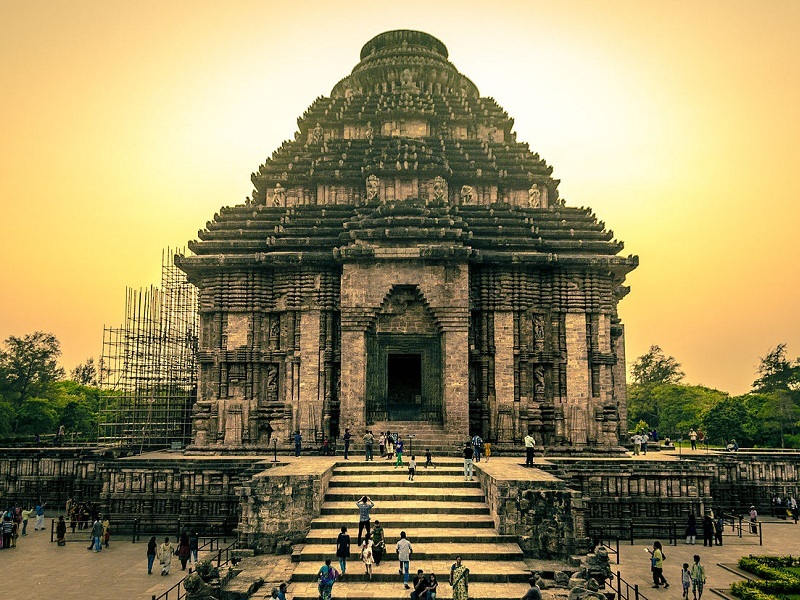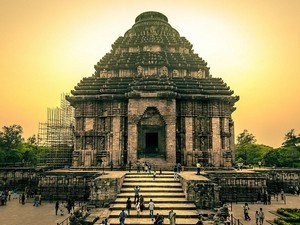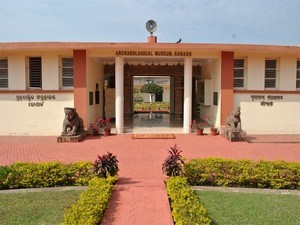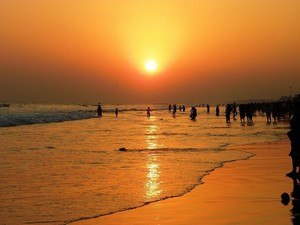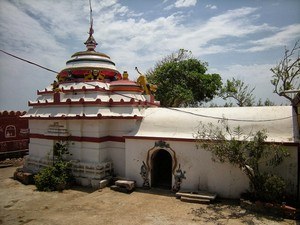Konark Sun Temple, Konark - Timings, History, Architecture, Best Time to Visit
 #1 of 9 Places to Visit in Konark
#1 of 9 Places to Visit in Konark
 Distance (From Konark Bus Stand): 1.5 Kms
Distance (From Konark Bus Stand): 1.5 Kms
 Trip Duration (Including Travel): 1-2 Hours
Trip Duration (Including Travel): 1-2 Hours
 Transportation Options: Cab / Auto
Transportation Options: Cab / Auto
 Travel Tips: None
Travel Tips: None
At a distance of 1.5 km from Konark Bus Station, Konark Sun Temple is an ancient Hindu temple situated in the heart of Konark town in Orissa state. Renowned all over the world for its architecture, Konark Sun Temple is among the prime places to visit in Konark and is often used in promoting Konark Tourism.
Dedicated to Sun God, Konark Sun Temple was built by King Narasimhadeva I of Eastern Ganga dynasty in the 13th century CE to commemorate his victory over Muslims invaders. European sailors used this temple tower for navigation, but dubbed it the Black Pagoda for the frequent shipwrecks that occurred along the coast. This temple is one of the grandest temples of India and has been a UNESCO World Heritage Site since 1984. Konark was sacked by the Muslim Yavana army in the 15th century. The central statue enshrined in the temple was smuggled away to Puri by priests, but the Sun Temple was badly damaged in the attack. In the late 19th century, the remnants of this temple were excavated.
The temple reflects the grandeur of the traditional style of Kalinga Architecture. The temple is originally said to be built at the mouth of river Chandrabhaga but the waterline receded since then. Built from Khondalite rocks, the temple is designed in the shape of a chariot that is pulled by seven horses on 24 wheels, carrying the sun god to the heavens. It is carefully oriented towards the east so that the first rays of sunrise strikes the principal entrance. A major part of the structure is now lie in ruins, however, the temple is still amongst the fine specimens of architecture in India.
The main entrance of the temple is on the eastern side. The original temple had a main sanctum sanctorum but, due to the weight of the heavy structure and weak soil of the area it fell in 1837. The audience hall still stands and is the prime structure in the surviving ruins. The temple also comprises a 'Nat Mandapa' or Dancing Hall that is profound in its carvings.
On the entrance, one can see two huge lions that appear to be guarding the temple. There is a flight of steps to reach the main shrine. Inside the temple, walls imprinted with intricate carvings, sculptures and bas-reliefs. The main sanctum represents the regal stride of the Lord Surya. The beautiful image is carved of high-quality green chlorite. Two smaller ruined temples - Vaishnava Temple and the Mayadevi Temple have been discovered nearby.
The temple walls are carved with exquisite stone sculptures include deities, animals, floral patterns, sensuous women, mythical beasts and aquatic monsters. The 24 giant wheels are beautifully carved and each of the eight spokes bears a medallion containing figurative carvings. Friezes above and below the wheels depict military processions and hunting scenes, with thousands of rampaging elephants.
Timings: 9 AM to 5 PM
Entry Fee: Rs. 30 for Indians, Rs. 500 for Foreigners, Rs. 200 for Guide



